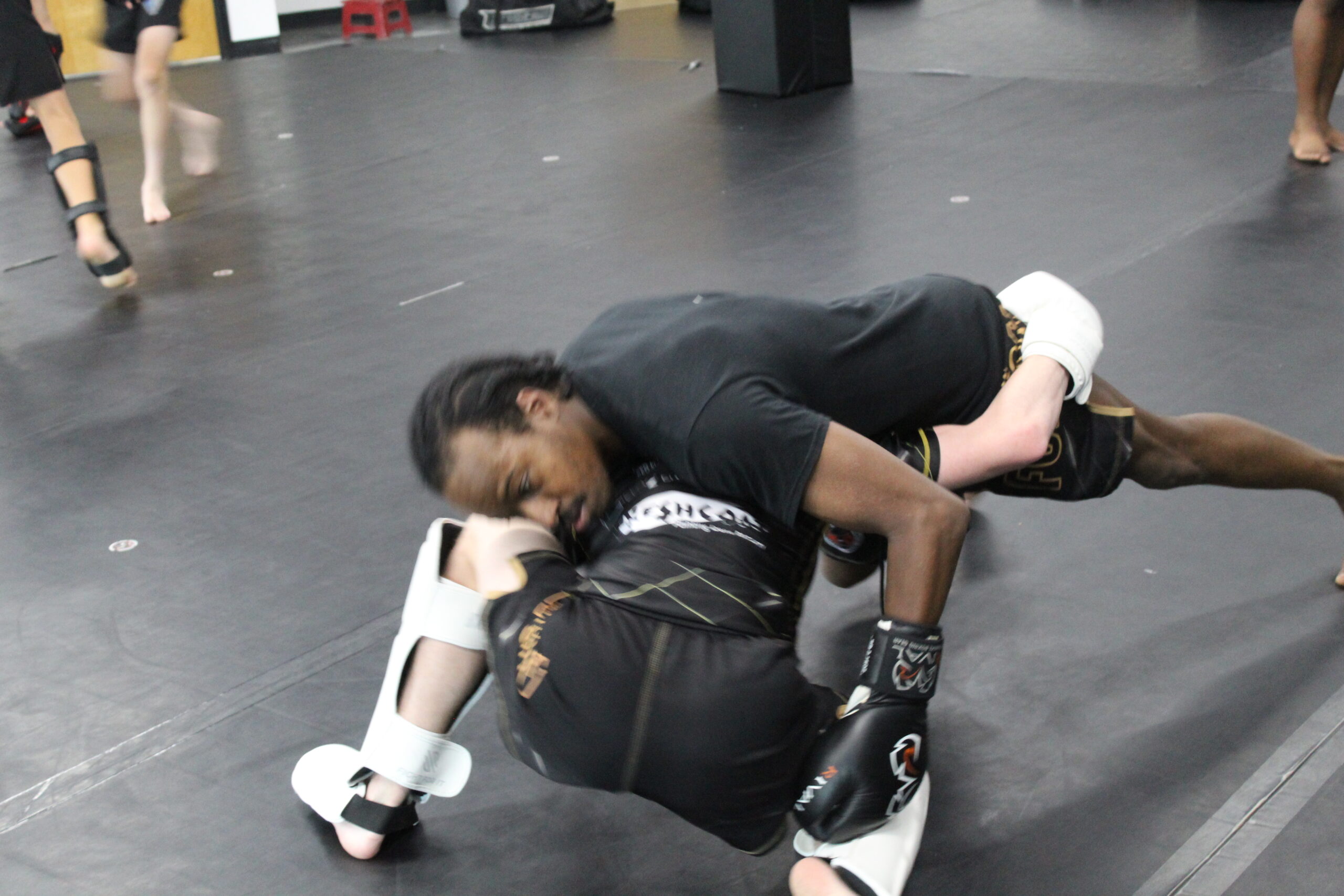
- 471
Brazilian Jiu Jitsu (BJJ) has earned global respect as a highly effective martial art for self-defense, especially in one-on-one situations. Its focus on leverage, control, and submission techniques makes it ideal for neutralizing threats without relying on size or brute strength. It is regarded as one of the most effective self-defense systems. A hotly debated question though is what happens when you’re facing more than one attacker? Can Jiu Jitsu still protect you?
First, lets examine the advantages of BJJ as a self-defense system so we can understand what BJJ does well:
-
Control: BJJ teaches how to immobilize a single opponent through joint locks and positional dominance.
-
Efficiency: It focuses on technique over strength, giving smaller individuals a practical chance against larger aggressors.
-
Real-World Application: The art emphasizes live sparring (“rolling”), preparing practitioners for real resistance.
-
Non-lethal Force: BJJ allows you to subdue someone without necessarily causing injury—valuable in legal or ethical gray areas.
Multiple attackers however, present a different challenge. Where Jiu Jitsu becomes limited is when the dynamic shifts from one-on-one to many-on-one. Here’s why:
– Ground Fighting Becomes a Liability
BJJ is predominantly a ground-based art. Against a single opponent, taking the fight to the ground can be an advantage. But with multiple attackers, it’s dangerous. While you’re engaged with one person on the ground, others are free to strike, kick, or grab you—leaving you highly vulnerable.
– Lack of Striking Techniques
BJJ has minimal striking (punches, kicks, elbows), which are often necessary to create space, disrupt timing, and escape a chaotic situation. In multiple attacker scenarios, the ability to strike quickly and move is crucial.
– Positional Focus Can Backfire
Techniques like guard control, mount, or side control are excellent in isolated combat. However, these positions may leave your back or sides exposed to others—especially dangerous if attackers are armed or highly aggressive.
What BJJ Practitioners Can Do to Improve Real-World Defense
If you train in Jiu Jitsu and want to be prepared for multiple attacker scenarios, consider the following:
-
Cross-Train in Striking Arts: Muay Thai, Boxing, or Krav Maga can help develop distance control, awareness, and the ability to quickly disable or escape threats. Its for this reason that Fuzion Martial Arts has developed its full system of Kongo Ryu as a combination of BJJ and Muay Thai with Karate influences.
-
Scenario Drills: Practice movement-based drills that prioritize escaping, standing grappling, and defending against multiple angles of attack.
-
Stay on Your Feet: Emphasize takedown defense and clinch control (e.g., from Judo or wrestling) to avoid going to the ground unnecessarily.
-
Situational Awareness: Learn to recognize developing threats early. BJJ teaches patience and composure, which are valuable for staying calm under pressure.
BJJ is Invaluable, but Incomplete for Multiple Attackers
Brazilian Jiu Jitsu remains one of the most effective martial arts for self-defense in one-on-one encounters. However, against multiple attackers, its ground-based nature can become a liability. While it offers critical tools for control and subduing threats, it’s not designed as a stand-alone solution for multi-opponent scenarios.
For those serious about self-defense, BJJ should be a core component—but not the only one. A well-rounded skill set, combining striking, mobility, and situational awareness, is essential to effectively handle the unpredictability and chaos of multiple attackers.
Train smart. Train for the real world. And always aim to avoid confrontation whenever possible.
